“Mapping the Impact”
Expands the understanding of the advertising effect in TV commercials
How do advertisements work in different usage scenarios of the audience? Which use scenarios do exist? And which conclusions can the advertising world draw from these findings?
In the new “Mapping the Impact” study, the continuation of “Track the Success” and “Mapping the Moods”, answers the current questions. Stefan Schönherr and Marvin Vogt, together with the Screenforce team, explain the strong connection between the usage situation, spot creation and advertising impact. If the two are in synch, advertisers can achieve significant impact uplifts.
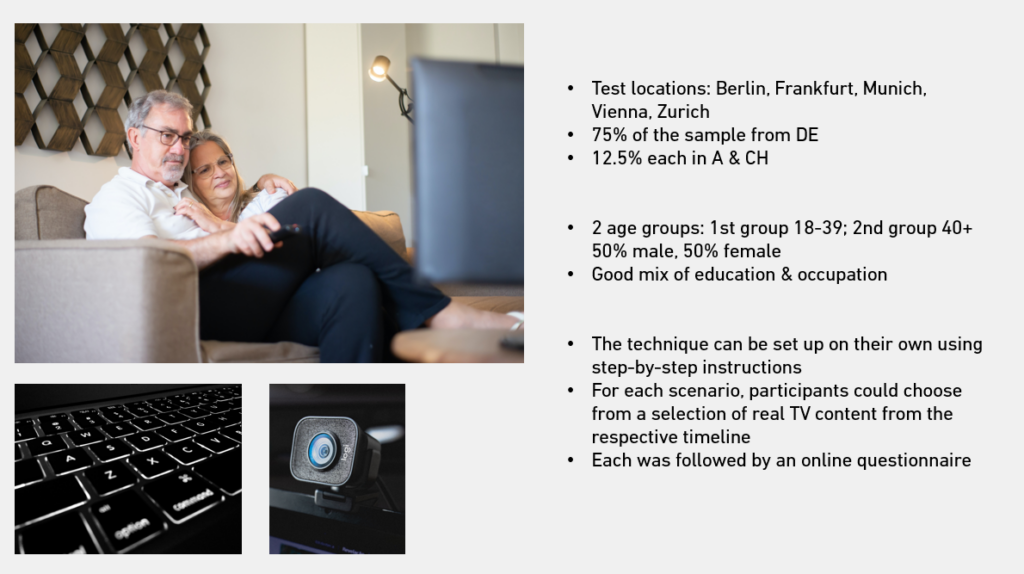
Based on the findings of the previous studies, the following four scenarios could be identified:
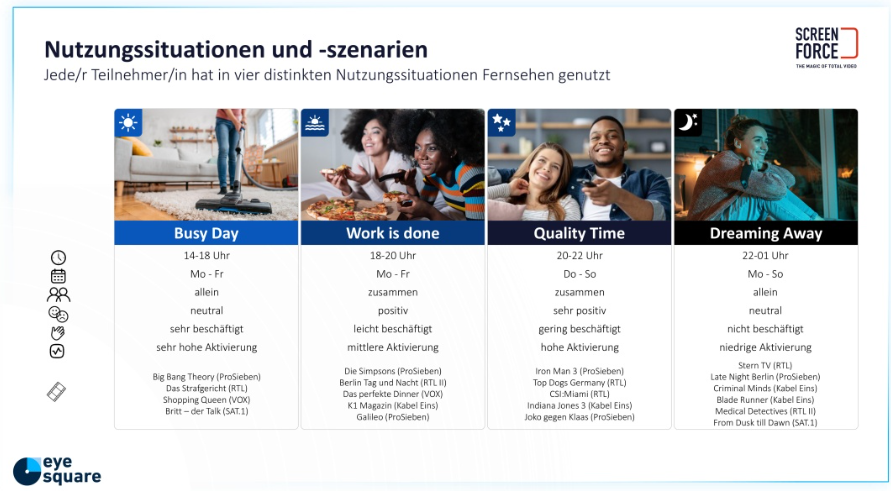

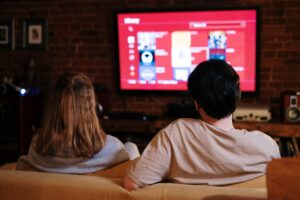

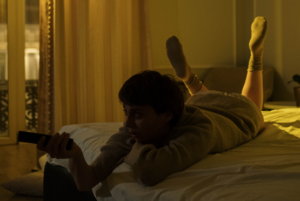
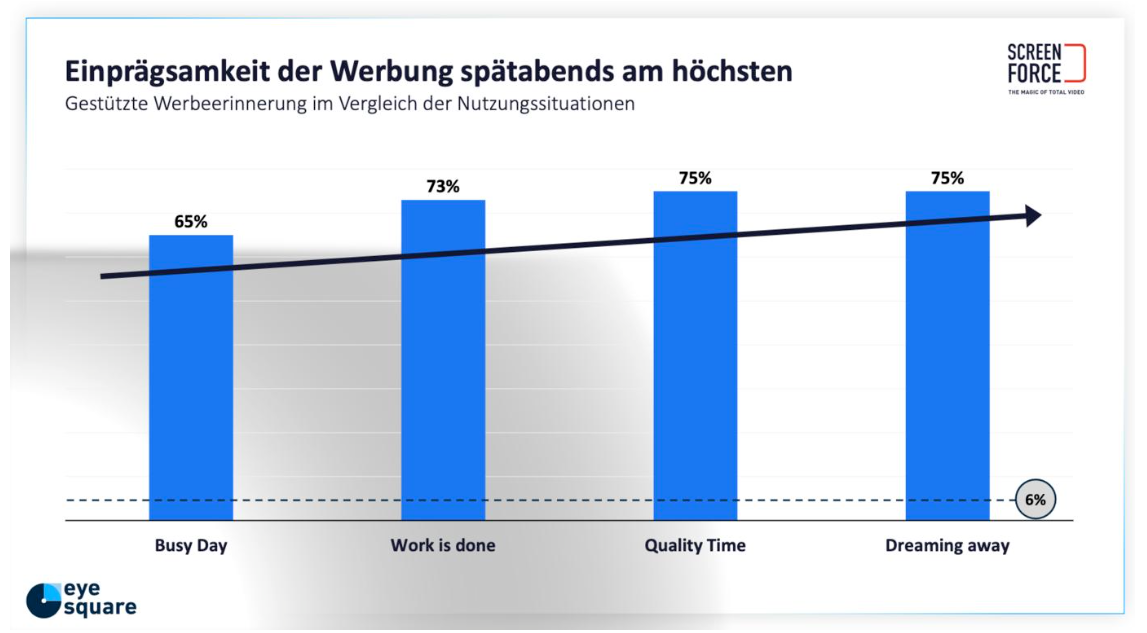
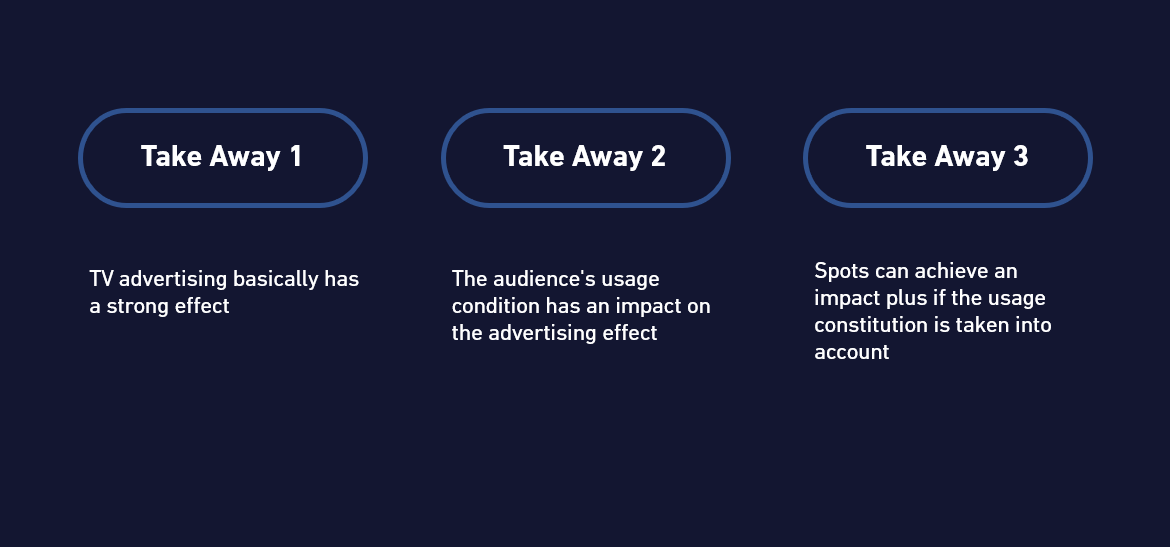
A brief overview of the contents of the study results
The study results show that TV advertising is always effective in principle, but is highly dependent on the usage scenarios.
The results show:
– Advertising recall is very high when viewers are attentive and focused.
– The example of “Busy Day” documents the poorer conditions for the influence of advertising, because viewers are distracted by many secondary activities during this phase.
– However, advertising can also be seen by viewers as a relaxing break in everyday life
– Brand image benefits from humorous commercials
– well-known songs and strong soundtracks have a positive influence on advertising recall
– A clear focus on image or performance campaigns helps
– Experts and test seal advertising media are best received in the busy day scenario
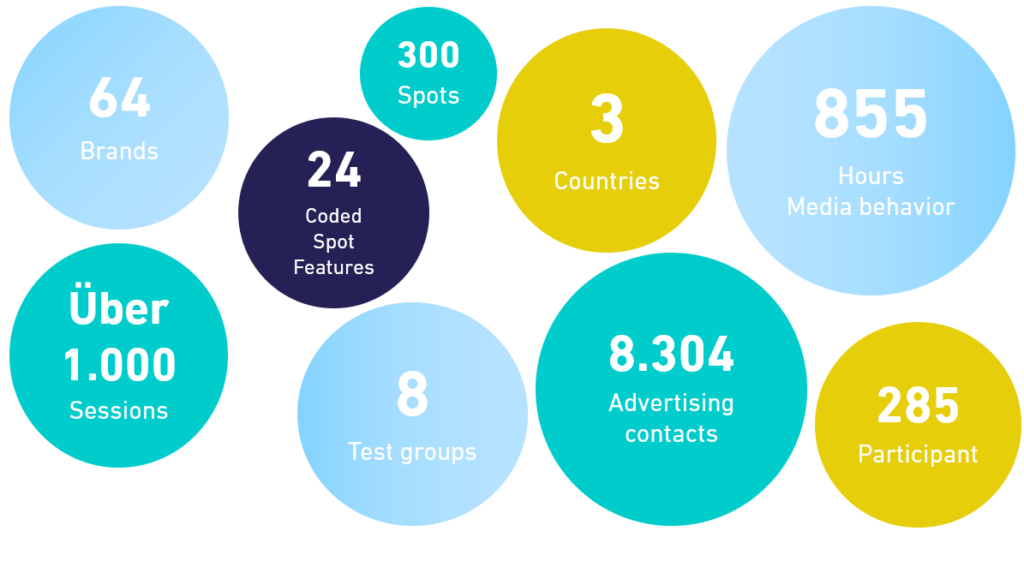
[Deutsch]
Download the study presentation!

You need to load content from Turnstile to submit the form. Please note that doing so will share data with third-party providers.
More Information